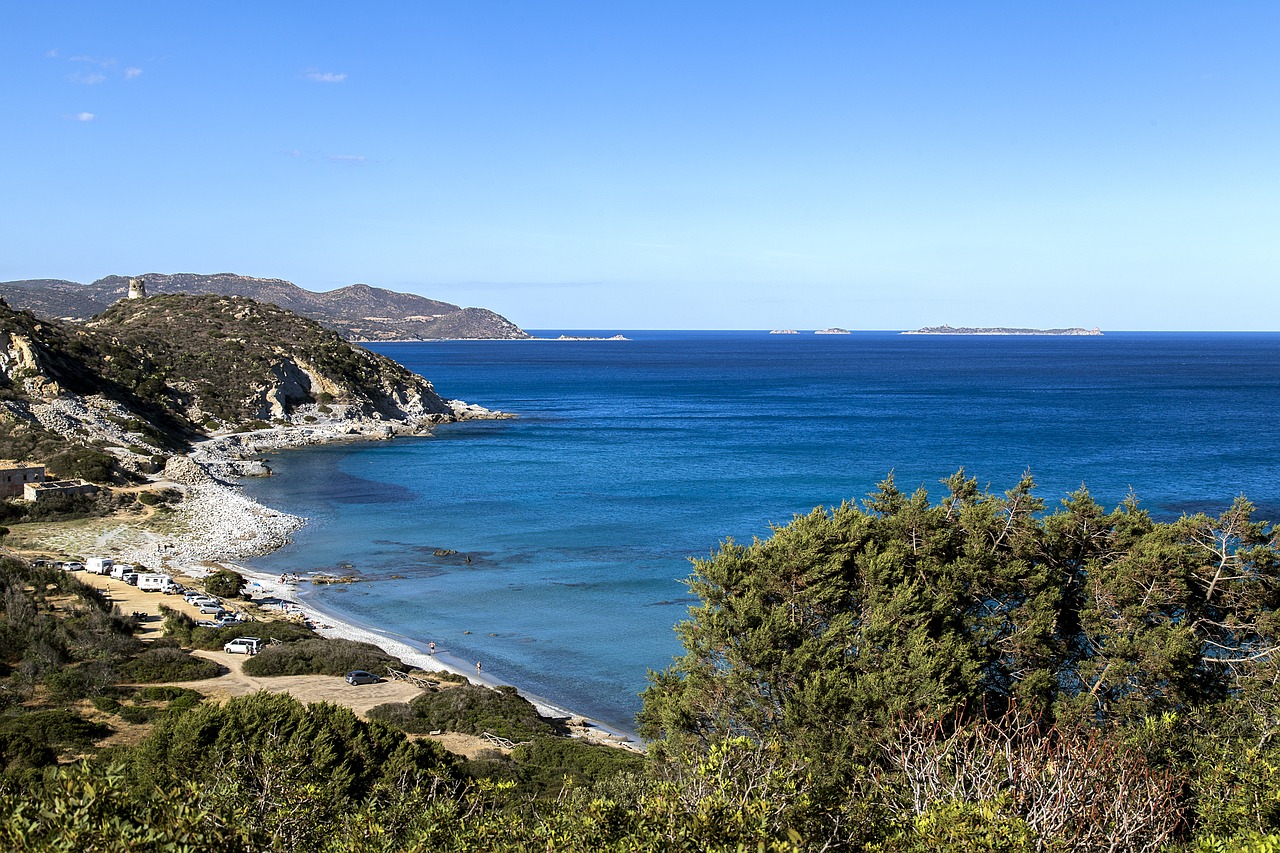There is new satellite evidence displaying valuable information on the study of the earth’s tectonic plates. It has recorded a rift in what geologists consider to be one of the most unique locations on the planet.
It’s strange to think that one of the earth’s hottest places, along a wide stretch of East Africa, the Afar region, is soon to be no more as the continent is starting to split apart deep underground. The desolate expanse contains three tectonic plates that are slowly starting to move away from each other, which will eventually, cleave Africa into two separate continents to create a new ocean, millions of years into the future. For now, a 35-mile crack in the Ethiopian desert displays the evidence of what’s to come in the future and sits as a reminder for surrounding countries that the single African continent will one day be no more.
The Fate of the African Continent
The University of Leeds, situated in the United Kingdom, uses its satellite radar to study volcanic activity within the East African region. This is associated with the continent’s breakup. The ocean is predicted to take 5 to 10 million years to split the African continent in two and make way for a new ocean. The Afar region’s fortuitous area will be at the boundaries of Somali, Nubian, and Arabian plates.
The earth’s crust consists of dozens of massive tectonic plates, all that are irregularly shaped and include rocky slabs mashing against one another, climbing over, and sliding underneath one another. During the past 30 million years, the Arabian plate has been slowly moving away from the continent, which created the Gulf of Aden and the Red Sea to flow into the two connected landmasses now known as Africa, but later will be known as two separate continents.
Get bottled water dispensers from Living-Water in London.






